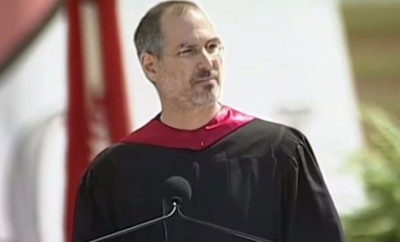
Situational Leadership – Part 1
The need for a situational approach to leadership development.
How can leadership styles be shaped to meet the needs of a specific company culture and context?
The leap to situational leadership
Leadership is one of those over-analysed and often under-utilised areas of business that we’re still learning to get right. Despite the volumes of research put into the subject and the great oversupply of information about it, the reality is that many leaders still struggle with knowing and applying the basic principles that will enable success for the leaders themselves, for their teams, and for their organisation.
Although information about leadership is not hard to get, making sense of it for a specific environment is often a real challenge. Teams are becoming more diverse, with changing cultural and environmental factors shaping the ways they function, and tailored approaches are now needed to address the specific requirements and the new, unique demands of international, cross-cultural and virtual teams.
The application of relevant leadership principles in specific contexts – or situational leadership – is what will ultimately lead to success.
Out of the cookie-cutter
True situational leadership will consider the specific position and style of the leader along with the particular demands of a situation, and will come up with a range of possible actions the leader may take to effectively deal with that situation. But much research effort in the past has been focused on trying to come up with an ideal ‘cookie-cutter’ leadership profile.
Although in the last 30 years researchers have come up with 350 definitions of leadership (Burt Nanus and Warren Bennis report), most of these definitions actually reflect a handful of basic principles that are recognised as tried and tested guidelines for action. While there has been a focus on trying to come up with the ‘best’ leadership template, there has been the gradual simultaneous discovery that this template is now recognised as including a quality that defies the whole cookie-cutter concept. One of the newest and most relevant principle to emerge more recently – which is in fact changing the whole way we see leadership – is the need for a leader to be ‘adaptable’ and ‘flexible’.
Changing the status quo
What we are now learning is that ‘best’ might mean different things for different people in different situations. In a nutshell, there can be no ideal cookie-cutter mould. So the good news for many of us is that we do not need to have specific personality traits to be an effective leader. It is possible to lead from many different positions and in many different ways.
Although much leadership information and training to date has focused on establishing an ideal set of leadership qualities or traits that all leaders should aspire to, and then providing examples or case studies of how the ideal leaders have managed to apply these traits in ideal situations, times are changing. More recently leadership development programs have recognised the need to extend way beyond that to a more personalised approach that focuses on identifying individual leadership styles and a range of scenarios that may be faced by that individual.
But after decades of leaders feeling like they need to become molded into the cookie-cutter ideal, how do we now inspire real individualised learning and action?
Triggering the impulse for action
Marshall Goldsmith and Howard Morgan have studied the progress of 88,000 managers who have been to leadership development training to try to figure out why there can be such a gap between information and application. They discovered that the people who talked through the personal meaning and significance of the training afterwards and did deliberate work to apply their learning for their own specific context were judged as becoming more effective leaders. The ones who didn’t showed no improvement. The findings revealed that direct connections need to be made between what is taught and what is experienced in real life in order to spark significant individual action.
Unfortunately, simply going to a seminar doesn’t make you a good leader any more than going to McDonalds makes you a hamburger. Having the right books can’t make you a good leader either – and that’s if you actually read the books. With 4 out of 5 managers failing to finish reading management books they have bought, there is going to need to be a significant electrical impulse to motivate a real desire for learning and meaningful implementation of ideas learnt.
Like nerve impulses that must span the broad synaptic gap to trigger action, finding connections with real experiences and acting on information that relates is what can make the difference.
First published at www.tirian.com







